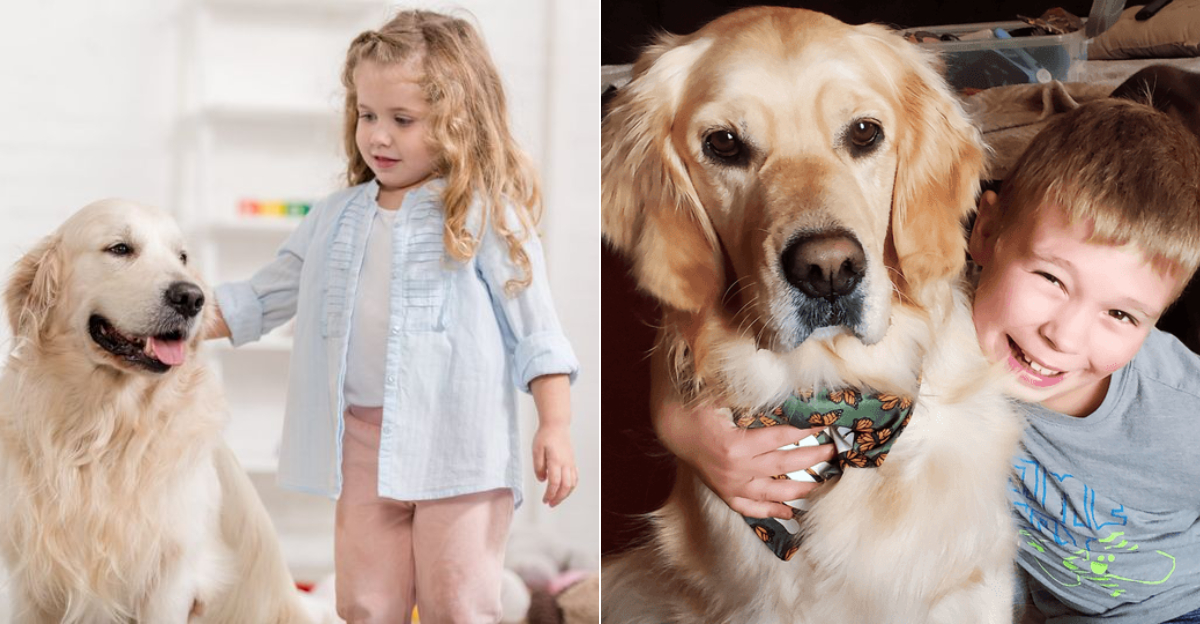Bringing a new puppy home is exciting for the whole family, especially for kids who’ve been dreaming of a furry friend. But without proper training, that dream can quickly become overwhelming.
Illinois families have discovered that involving children in puppy training creates stronger bonds and teaches responsibility.
These kid-friendly training approaches work wonders for both two-legged and four-legged family members!
1. Involve The Kids Early
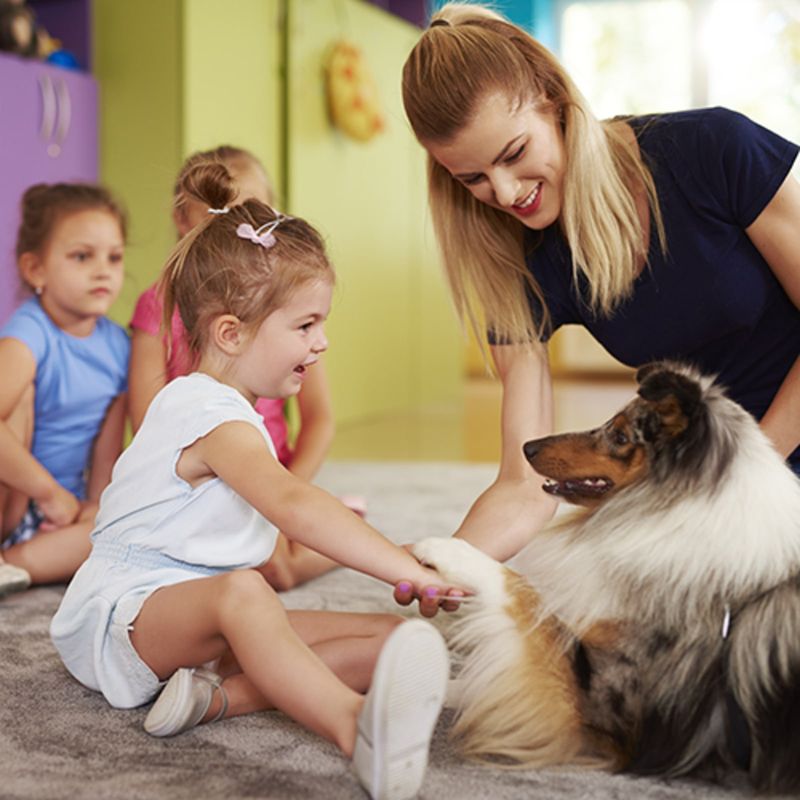
Nothing builds a lasting bond faster than making your children part of the training team from day one. When kids help choose treats, hold the leash during walks, or assist with feeding time, they develop a sense of ownership in the puppy’s progress.
Most Illinois trainers recommend assigning age-appropriate tasks – even preschoolers can help fill water bowls while teens can handle more complex training exercises. The key is consistency and supervision.
Remember that mistakes will happen! When (not if) your child forgets a command or gets overexcited, use it as a teaching moment rather than a reason to exclude them from training.
2. Give Kids Their Own Cues
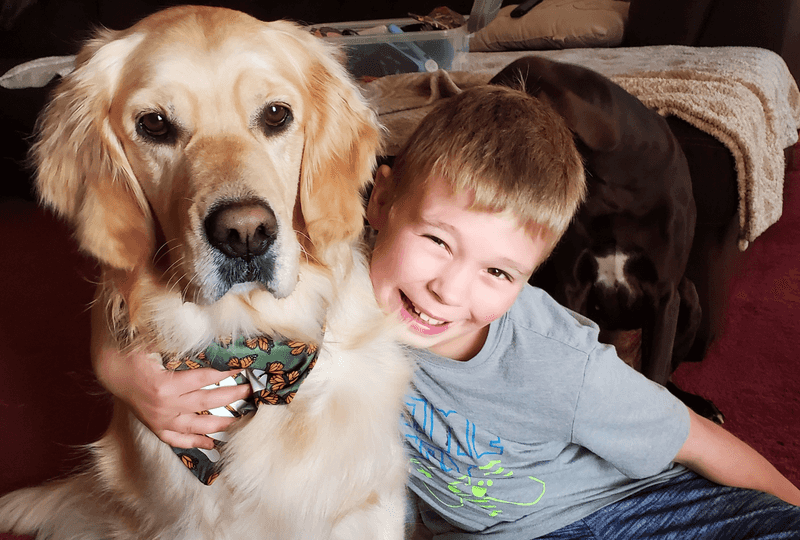
Squeaky voices carry special power in the puppy training world! Assigning each family member their own unique training cue creates magical moments of connection. Your seven-year-old might use “cookie time” for treats while dad says “dinner’s ready.”
Chicago-based dog trainer Melissa Winters explains that puppies easily learn multiple cues for the same action. This approach builds confidence in shy kids who might otherwise feel intimidated by the training process.
Start with simple commands like “sit” or “come” before progressing to more complex behaviors. Document success with photos or videos to keep everyone motivated through the occasional training plateau.
3. Teach Gentle Handling & Respect Puppy Signals
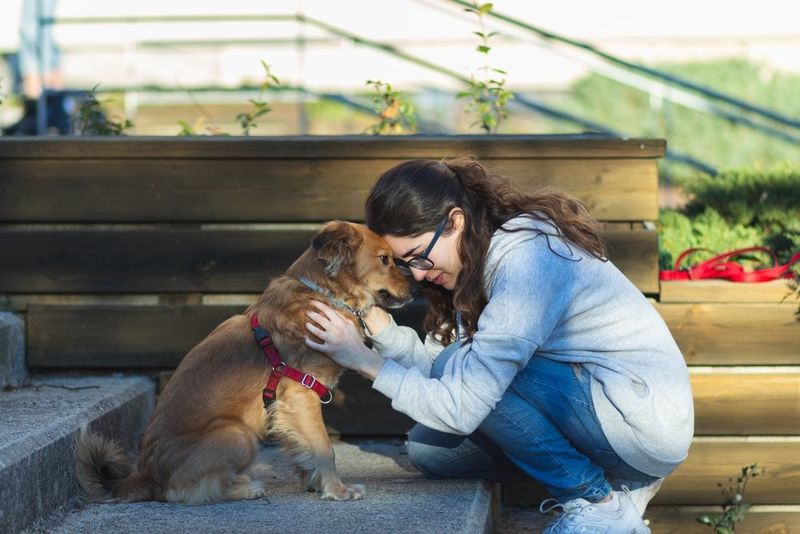
“Soft hands win puppy hearts!” That’s the mantra Springfield veterinarian Dr. James Townsend shares with young clients. Showing children how to pet gently (using strokes rather than pats) creates a foundation of trust between kids and puppies.
Role-playing works wonders here. Have children practice gentle touches on stuffed animals before interacting with your actual puppy. Point out when your puppy gives signals like yawning, looking away, or backing up—these are polite canine ways of saying “I need space.”
Reward both parties when interactions go well! Praise your child for gentle handling and give your puppy treats for tolerating new experiences.
4. No Rough Play Or Hovering
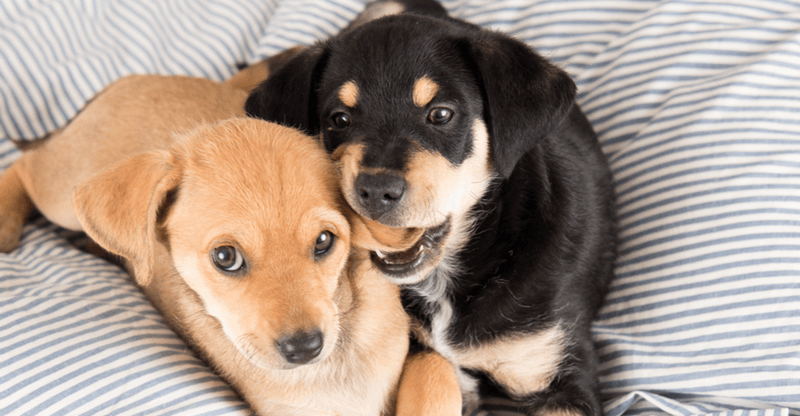
Wrestling matches between puppies and kids might look adorable on social media, but they’re training disasters waiting to happen. Rough play teaches puppies that hands are toys—a lesson that becomes problematic as sharp puppy teeth develop into powerful adult dog jaws.
Equally troublesome is constant hovering. When children follow puppies everywhere, constantly picking them up or disturbing naps, stress behaviors emerge. The “puppy tornado” of zooming, nipping, and barking often results from too much stimulation.
Create a family rule: puppies get three daily play sessions with clear beginnings and endings. Between sessions, puppies deserve quiet time in their designated safe zones.
5. Supervised Sweet Spot Playtime

Goldilocks had it right—not too much, not too little, but just right! Peoria dog behaviorist Emma Lawson champions the 15-minute sweet spot for kid-puppy interactions. This timeframe keeps energy levels manageable while building positive associations.
Smart Illinois parents set kitchen timers during play sessions. When the bell rings, playtime transitions to quiet time regardless of how much fun everyone’s having. This boundary-setting prevents the overtired puppy meltdowns that often end in nipping or accidents.
Quality trumps quantity every time! A short, positive interaction builds more trust than marathon play sessions that leave everyone exhausted. Keep a puppy play diary to track which activities create the most harmony.
6. Practice Known Behaviors With Kids
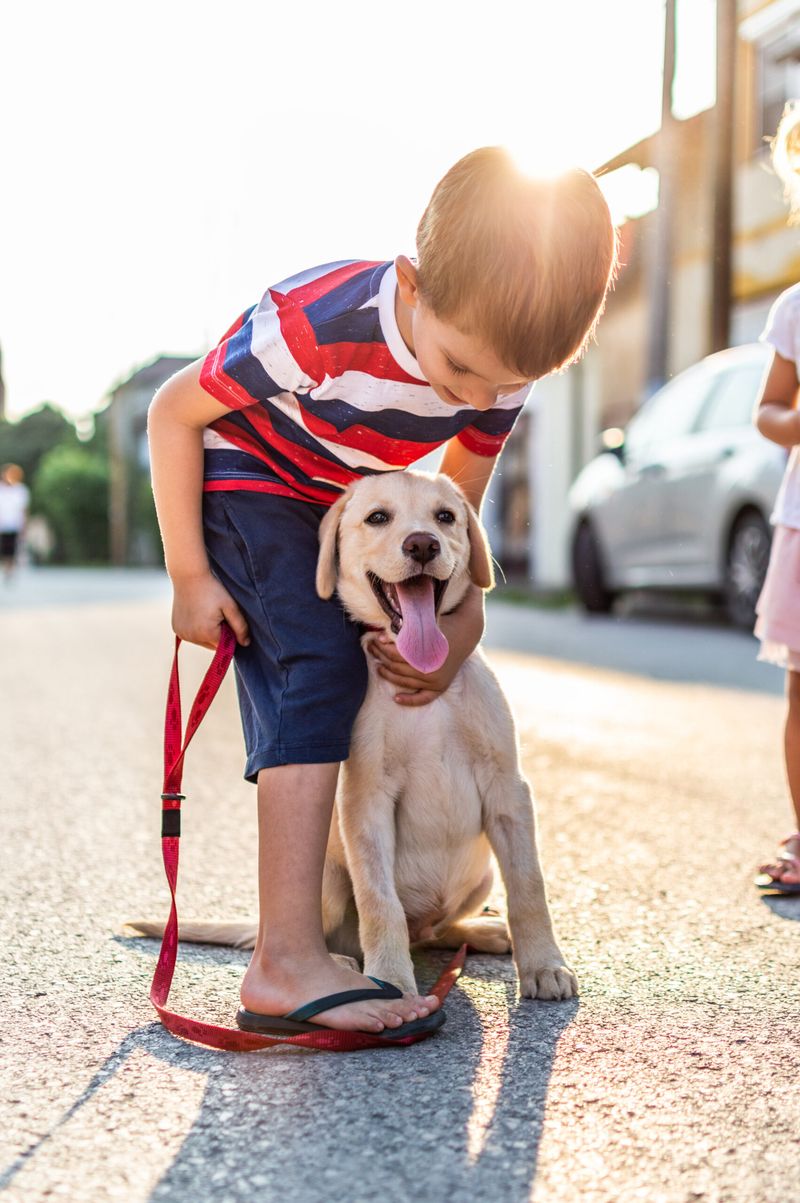
Set your kids up for training success by letting them practice commands your puppy already knows well! This confidence-building approach creates instant wins that make everyone feel accomplished.
Rockford puppy kindergarten instructor Tanya Williams suggests creating laminated command cards for younger children. These visual aids help kids remember proper hand signals and verbal cues without adult prompting. For older kids, a training journal tracks progress and builds accountability.
Start with the rock-solid commands—usually sit, down, and come—before attempting anything fancy. When your puppy responds correctly to your child’s cue, celebrate with over-the-top enthusiasm! Those celebrations cement the positive association between listening to kids and good things happening.
7. Teach “Don’t Jump” With Consistent Family Strategy
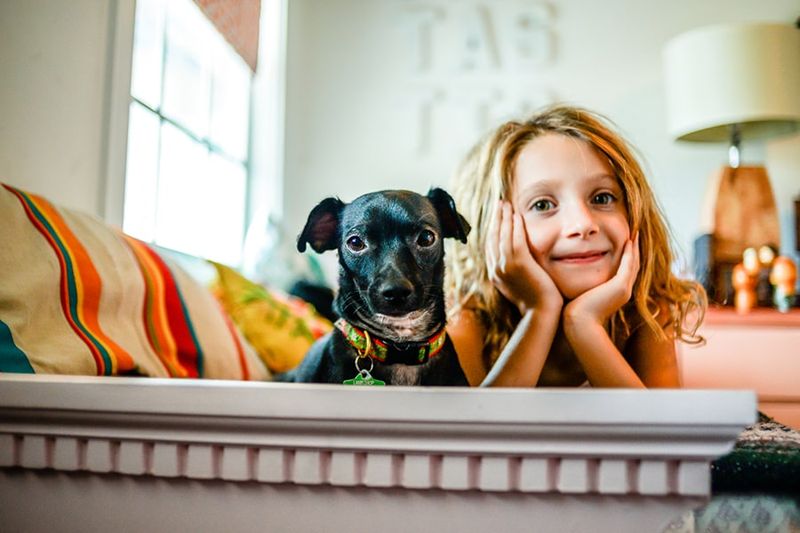
Jumping puppies might seem cute at 10 pounds but become hazardous at 70! The secret weapon against this common problem? A united family front using the “be a tree” technique popular among Illinois trainers.
When puppies jump, everyone (from kindergartners to grandparents) freezes like trees: arms folded, eyes averted, completely boring. The instant all four puppy paws touch ground, attention and treats rain down. This dramatic contrast teaches puppies that jumping makes humans boring while polite greetings make humans exciting.
Post reminder signs by entry doors where jumping typically happens. Practice with planned arrivals before testing with real guests. Within weeks, your formerly springy puppy will greet children with appropriate enthusiasm!
8. Crate As Safe Haven, Not Penalty

“Go to your room!” takes on a whole new meaning in puppy language. Successful Illinois families transform crates from perceived punishment into coveted puppy apartments through thoughtful introduction and consistent positive association.
The magic formula? Never send puppies to crates when you’re frustrated. Instead, lead them there with treats, toys, and praise during calm moments. Urbana trainer Miguel Santos recommends having children toss special “crate-only treats” inside throughout the day, creating a treasure chest association.
Teach children to respect the crate as the puppy’s private space: no reaching in, no opening the door without permission. This boundary-setting protects both puppy rest time and curious little fingers from potential nips.
9. Set A Family Routine
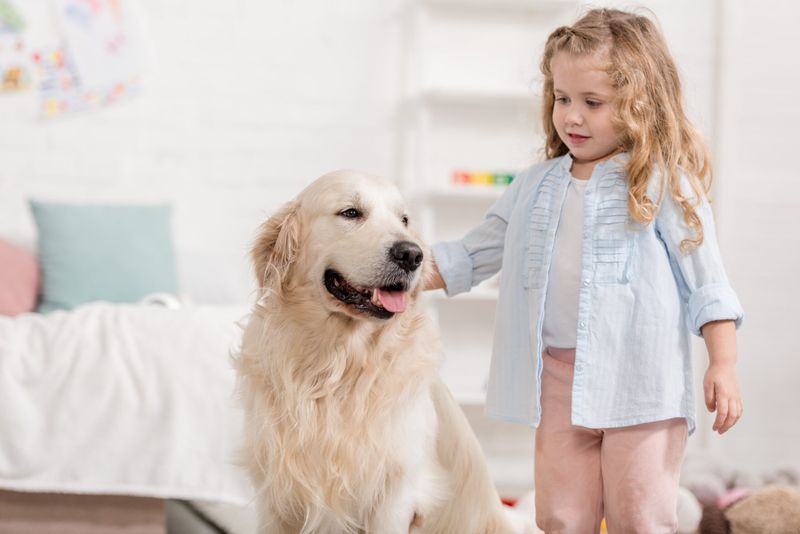
Puppies thrive on predictability! Creating a family schedule where mealtimes, potty breaks, and training sessions happen at consistent times reduces accidents and anxiety. The routine rhythm becomes a silent language your puppy understands.
Naperville dog parents swear by shared digital calendars or colorful wall charts that track puppy responsibilities. Even elementary schoolers can check off completed tasks, building responsibility while ensuring nothing falls through the cracks.
Morning potty breaks, afternoon training sessions, and evening walks become anchors in your puppy’s day. When life inevitably disrupts the schedule, prioritize maintaining meal times and potty breaks to minimize household accidents that might strain the child-puppy relationship.
10. Short, Rewarding Training Sessions

Puppy attention spans resemble those of toddlers: brief but intense! Five minutes of focused training trumps thirty minutes of distracted drilling every time. The secret sauce? End sessions while everyone’s still having fun!
Aurora puppy class instructor Jamal Thompson teaches families the “Rule of Three”: practice three repetitions of a command, celebrate success, then switch activities before boredom strikes. This approach keeps training feeling like a game rather than a chore for both kids and puppies.
Older children can lead mini-sessions with supervision, while younger ones might participate in just the reward phase. Keep training treats in a special container that signals “game time” to your puppy, creating instant focus when it appears.
11. Use Enrichment Over High-Impact Play
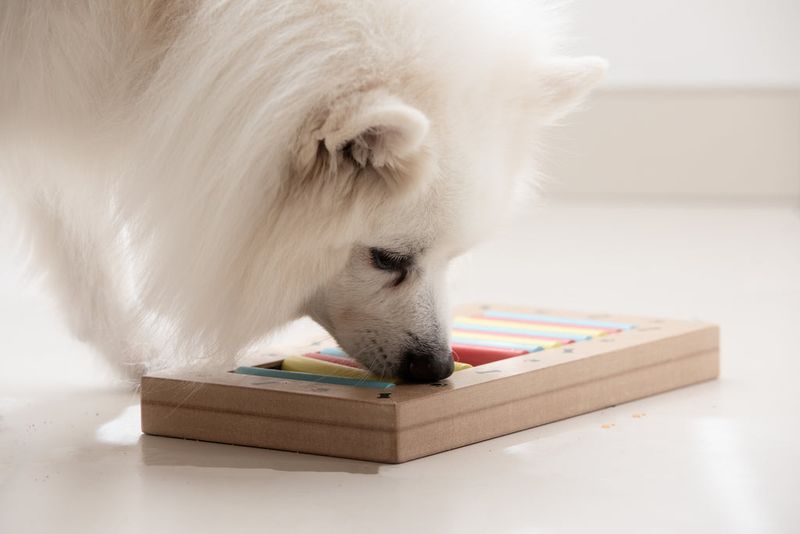
Forget the endless fetch sessions that leave puppies overtired and nippy! Smart Illinois families are switching to brain games that mentally exhaust puppies without physical drain. Think puzzle toys, snuffle mats, and treasure hunts instead of marathon play.
Kids make perfect enrichment partners. Their creativity shines when designing puppy scavenger hunts or building obstacle courses from household items. Even preschoolers can help stuff Kong toys or hide treats under cups for simple “find it” games.
Bloomington veterinarian Dr. Lisa Cheng notes that mental stimulation actually tires puppies more effectively than physical exercise alone. A 15-minute nose work session often results in a peacefully napping puppy—the ultimate win for busy families!
12. Teach Kids To Read Puppy Body Language
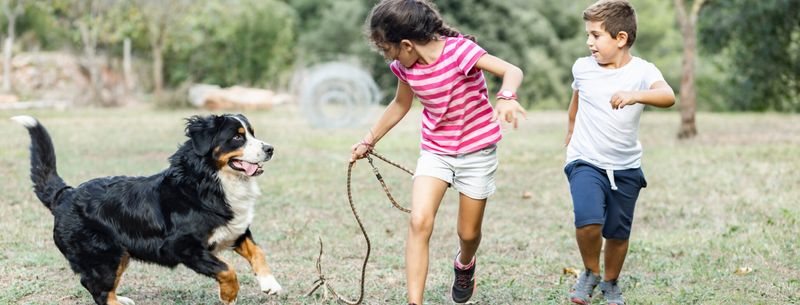
Puppy communication happens through a complex dance of ear positions, tail movements, and body postures. Teaching children this secret language prevents bites and builds lifelong animal empathy. The skill proves more valuable than any trick training!
Evanston family dog coach Patricia Hernandez creates body language flashcards showing puppies feeling happy, scared, or overwhelmed. Children match the cards to real-life situations, earning points for correct identification. The game aspect makes learning enjoyable rather than academic.
Focus especially on subtle stress signals: lip licking, yawning, and whale eye (showing whites of eyes). When children recognize these early warnings, they can give puppies space before discomfort escalates to nipping—a victory for interspecies communication!
